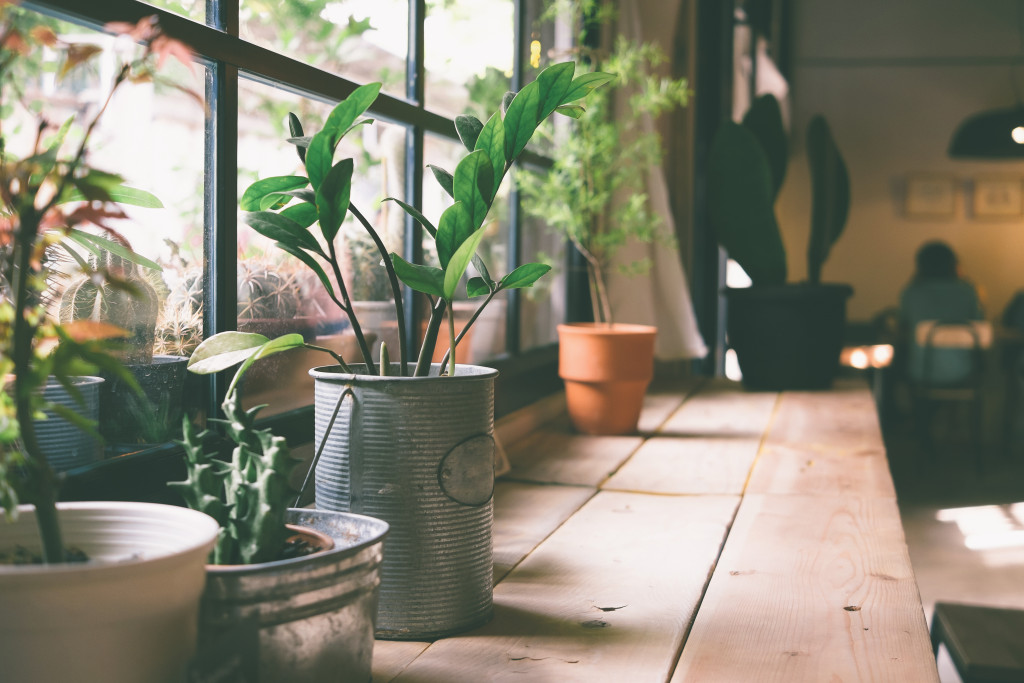As everyone remains locked down inside their houses indefinitely, it seems like there’s no better time to pick up a new hobby than now. If you want to make the most of your time at home while saving yourself a few trips to the supermarket, you should try your hand at urban gardening. Being able to grow your own plants and vegetables is a useful skill you can make use of even after the quarantine is over. Here’s how you can get started.
Soil
You’ll need to choose the right soil for what you want to grow. There are three main types of soil textures that you can use for various kinds of plants:
Sand: Sand is made up of large, irregularly shaped particles that hold a lot of air but not a lot of water. You can improve sandy soil by mixing it with organic matter. You should use high-quality sand from Utah for the best results. Root vegetables, such as parsnips and carrots, grow well in this type of soil.
Clay: Clay can be extremely dense and resistant to water and air movement. As with sand, you can improve clay soil with organic matter. Snap beans, lettuce, and crops with shallow roots favor this kind of soil.
Sandy loam: Sandy loam is widely considered to be the ideal garden soil to use since it combines clay, sand, and silt. You can grow most vegetables in this soil, from green beans to onions and lettuce to tomatoes.

Space
There’s no such thing as a space that’s too small to hold an urban garden. As long as you have a corner in your living area that receives an adequate amount of sunlight, rain, and air, there’s always room for your little plant to thrive in. It can be a windowsill or a fire escape.
Plant
This part is the best! The possibilities are endless, and you can have a lot of fun figuring out which plants you want to include in your urban garden. The key is to keep it simple and avoid being overly ambitious. Start with a vegetable or herb that you want to eat—planting something that you can make use of makes the process all the more satisfying.
Once you’ve picked out your plant, you’ll need to determine whether you want to plant a seed or a seedling. Seeds take longer to grow, while seedlings can expedite the process for you. There’s a high chance that your seeds might not sprout, but it’s always gratifying when it does. Either choice has benefits and drawbacks, so the decision is up to you.
Pot
You’re free to exercise your creativity when it comes to picking out a pot for your plant. You can buy any you like, as long as it has holes on the bottom that allows water to drain out. It’s incredibly easy for beginner gardeners to overwater their plants, so you’ll need an outlet for excess water to escape. Otherwise, your plants will die.
Once you’ve figured out all of these, it’s time to have fun with it. Don’t forget to water your plants, and make sure they’re getting tons of fresh air and sunlight. You’ll have a thriving urban garden in no time.
